This is one in a series of posts on the Nikon Z7. You should be able to find all the posts about that camera in the Category List on the right sidebar, below the Articles widget. There’s a drop-down menu there that you can use to get to all the posts in this series; just look for “Nikon Z6/7”.
In this post, I reported on my inability to reproduce the banding that DPR has observed with the Z7 in really deep shadows with really hard pushes. Horshack suggested that the effect may be triggered by putting a bright object in the right part of the frame. I set up this shot with the 24-70 zoom at ISO 64, 14-bit lossless compression, shown here with a five-stop push in postproduction.
The Macbeth chart is six or seven stops underexposed.
Here’s a 1:1 crop of the chart, using EFCS, with the same five-stop push:
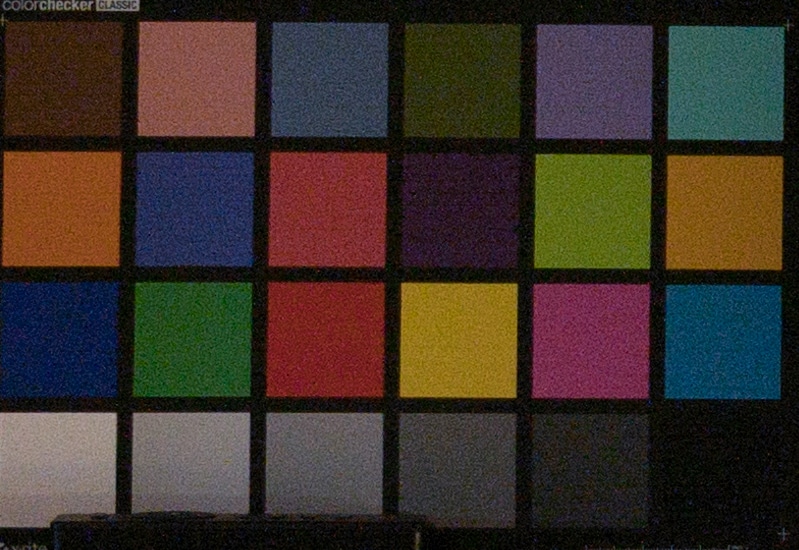
The banding is just barely visible.
But wait! Here’s the image using the electronic shutter:
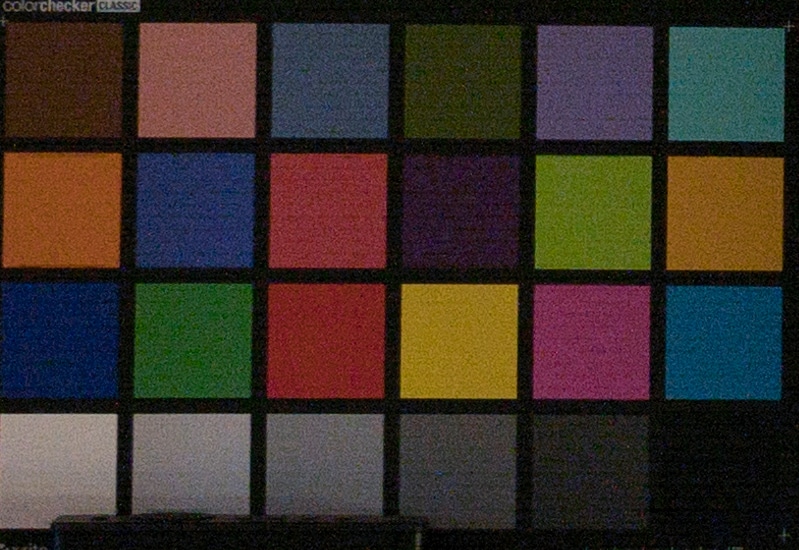
Now you can see the stripes.
Why is this happening? At this point, I have no idea. I think the EFCS level of banding is of no practical consequence, but the ES banding may be an issue in some circumstances.
Then I tried a more evenly lit scene:
Here is a full frame shot, a bit over 5 stops underexposed:
Let’s look at a crop of that, with EFCS and with the electronic shutter (ES):
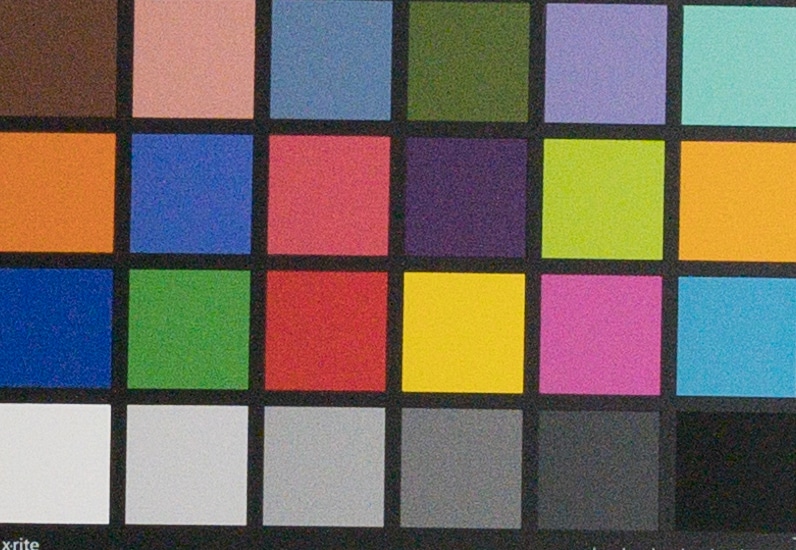
The EFCS shot is pretty darned clean.
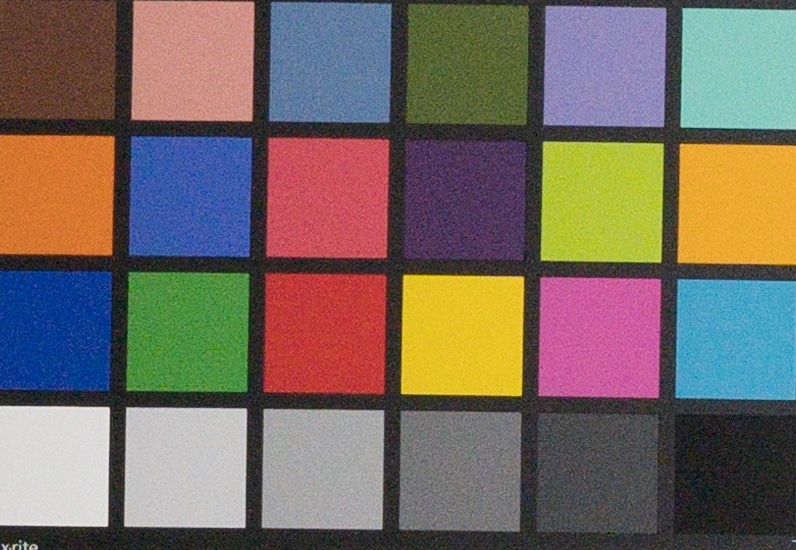
So is the ES one.
Now, with a stop less exposure:
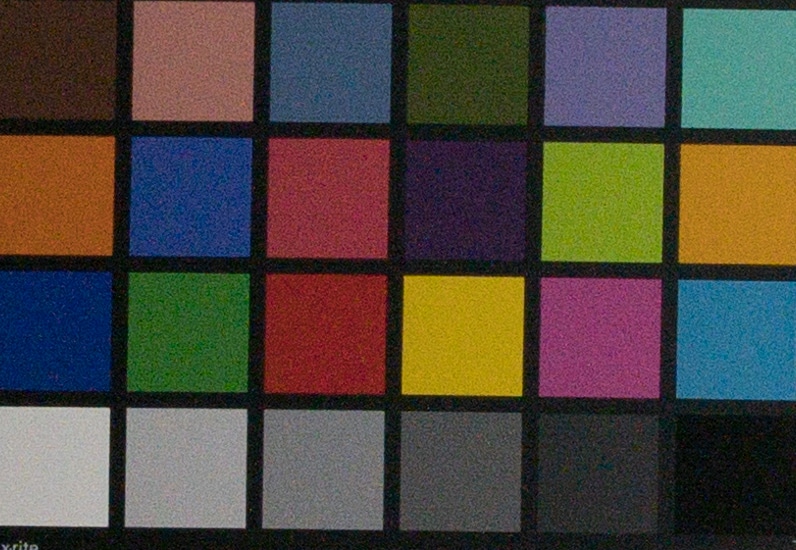
I call that clean enough.
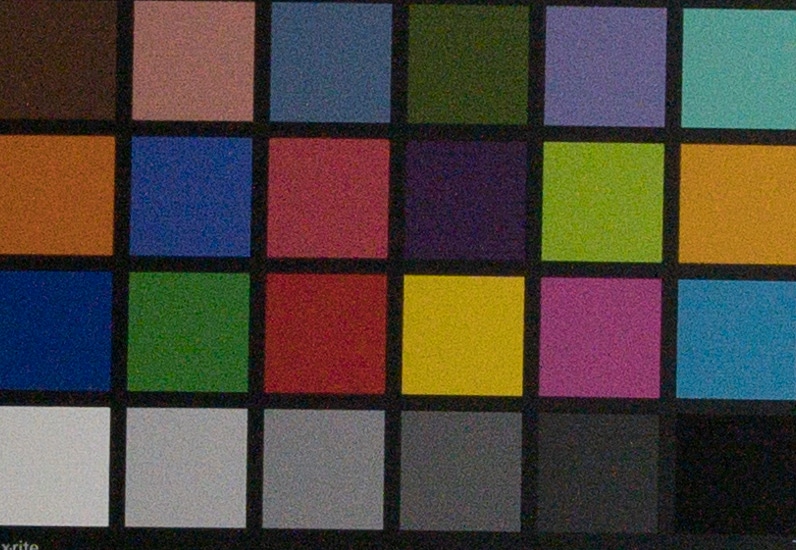
Now you can see some faint banding.
So the uneven illumination makes the banding worse.
Now for a test with the only variable being the lighting unevenness.
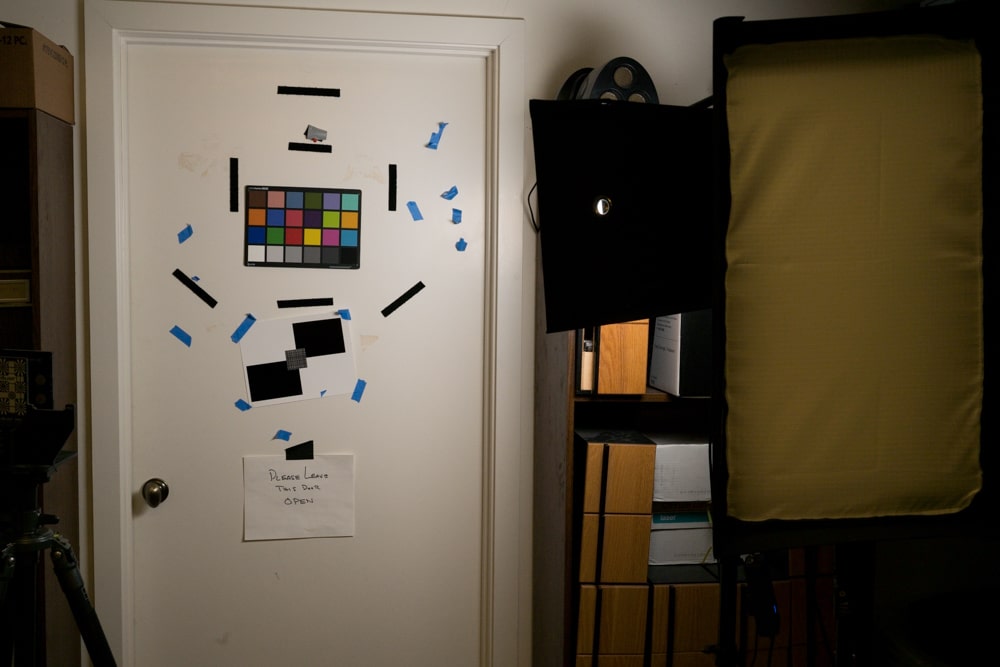
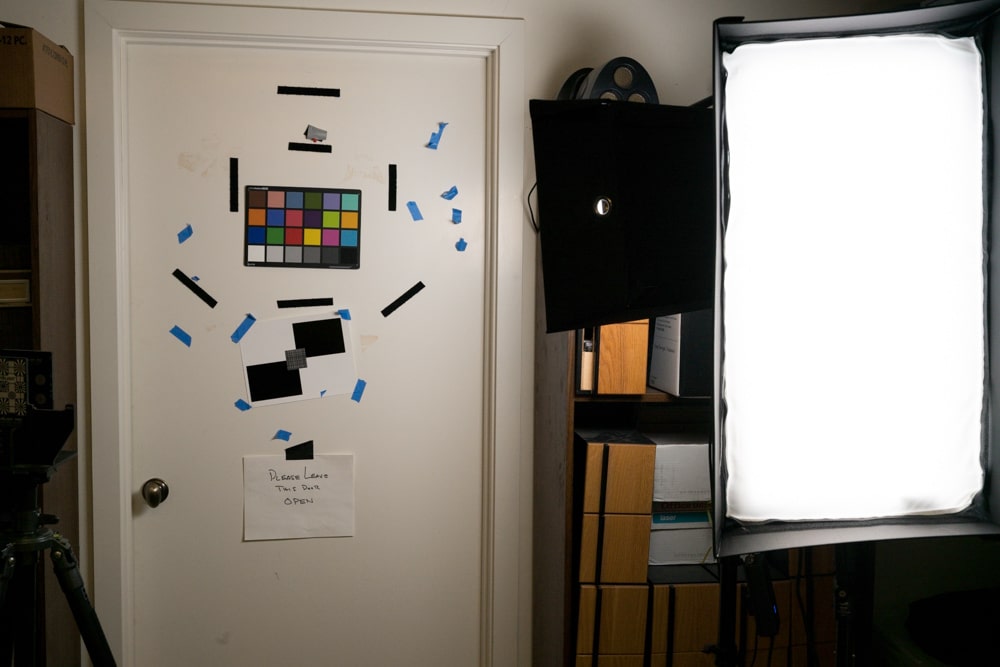
The closeups:
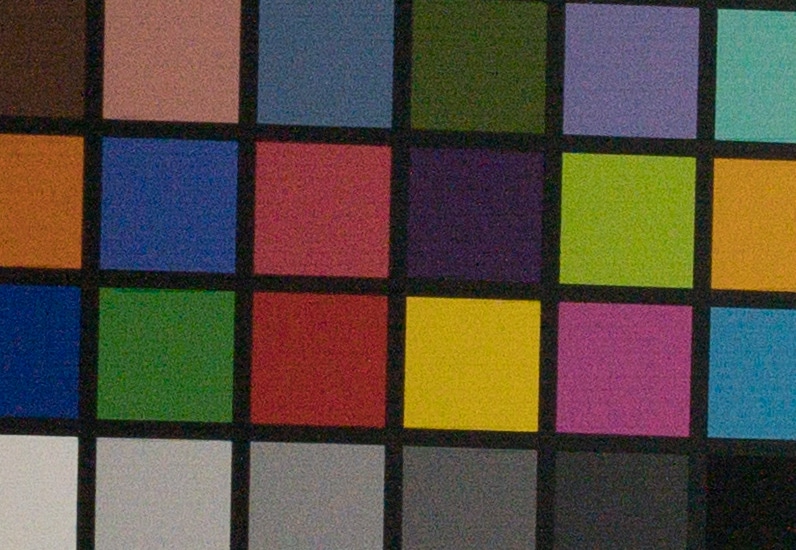
There’s a bit of banding, Check out the magenta patch.
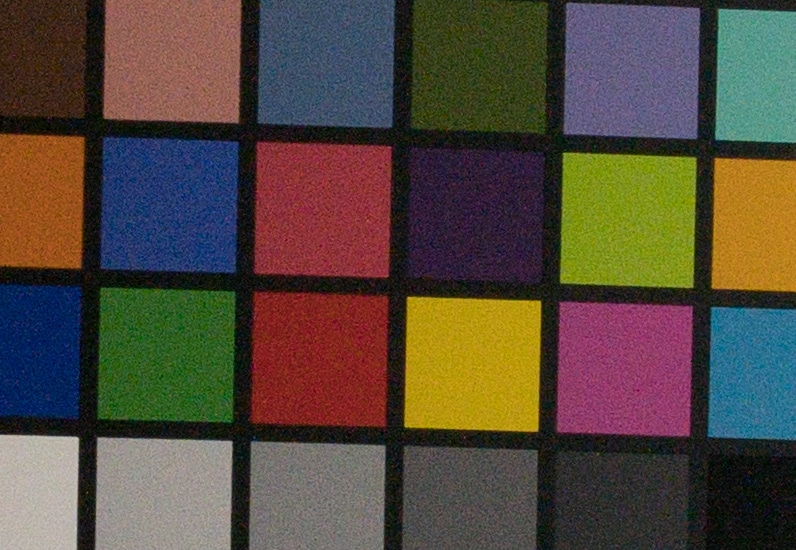
Clean
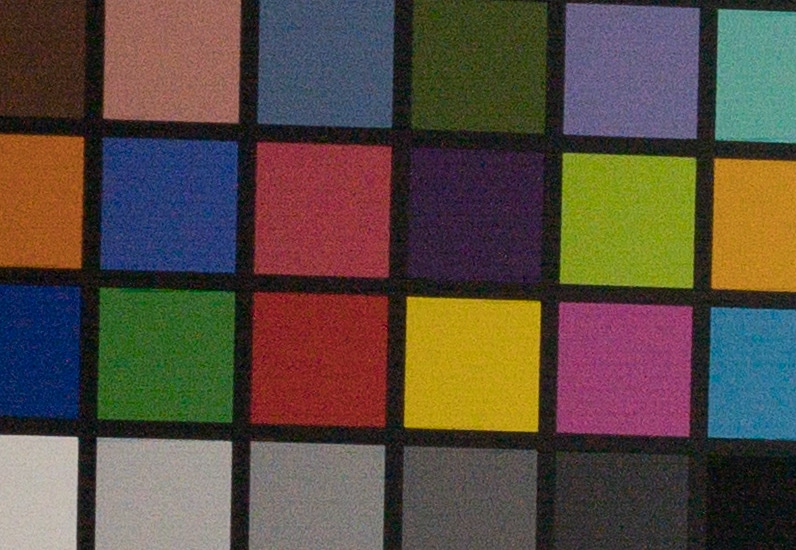
Banding, but not a heck of a lot worse than with EFCS.
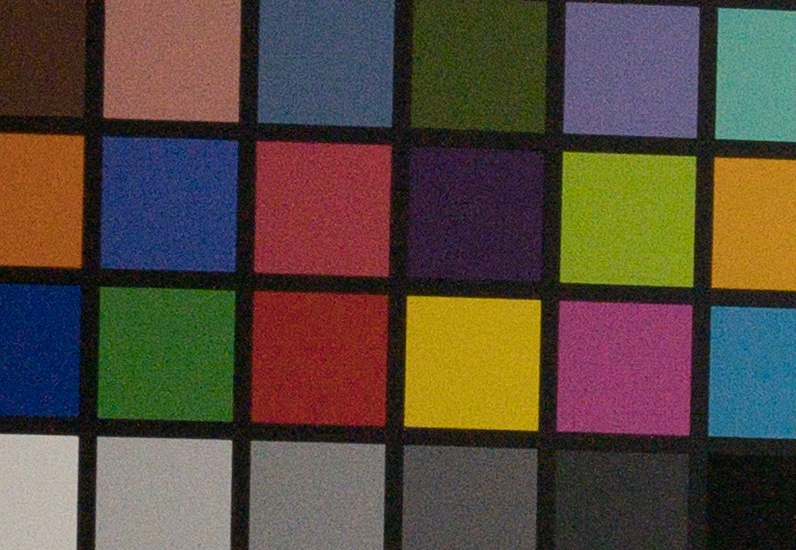
Pretty clean.
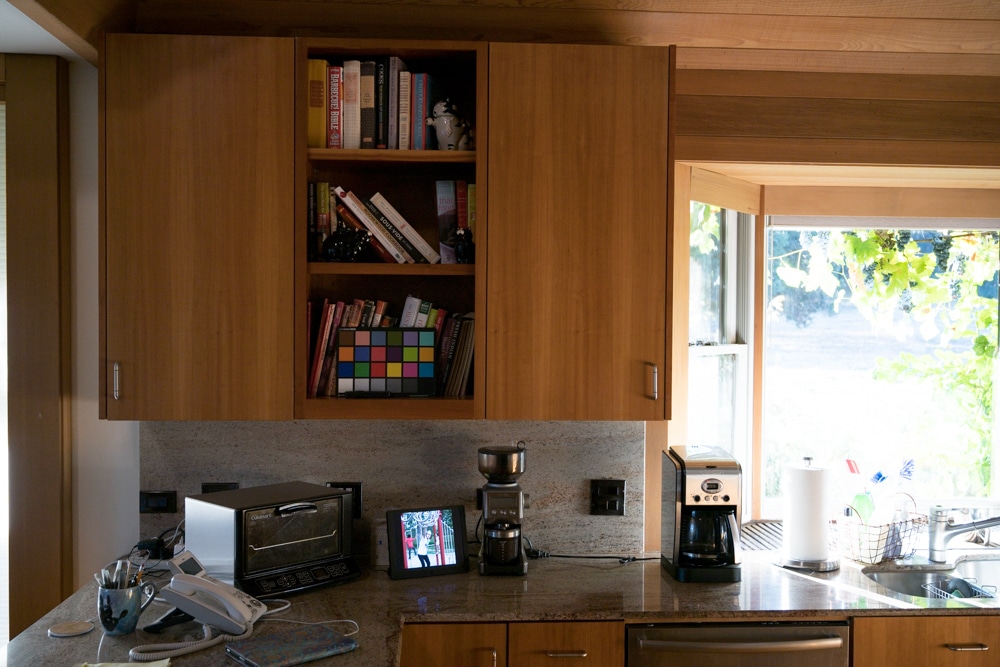
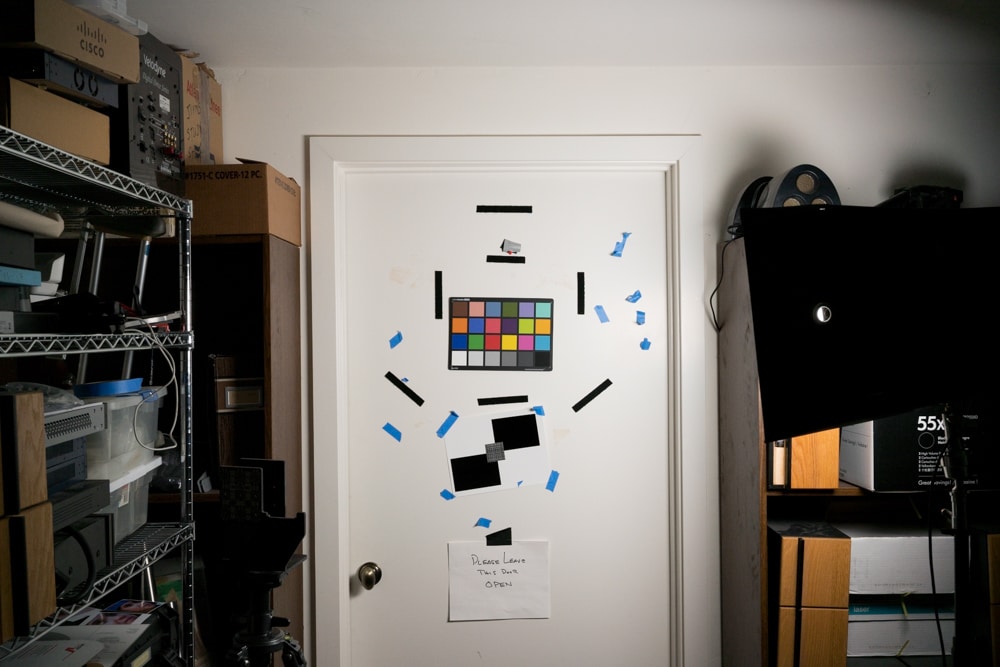
I believe the banding is some sort of interaction of flickering (artificial) light sources and the electronic readout when you have an ES (e.g. electronic shutter opening and electronic shutter closing).
As I understand the electronic shutter switches the sensors in lines (or batches of lines) on and off as the stripe getting the exposure moves over the frame.
I have a suspicion that, even within a batch of stripes that are exposed at a given time, there might be differences in readout time so that a flickering light source will elicit some unevenness.
Has anyone been able to show these stripes under natural light? (testing lighter and darker circumstances and over and underexposure?)
With EFCS and all mechanical shutter, readout takes place in the dark.
great article Jim, i found out i get banding even if i use efcs not es if i use faster shtter speed than 1/500 (its more visable at 1/400) and geuss what i dont even need to recover shadow i get banding without edetting the photo specialy i use flash and the banding is more visable in the bokeh not visable on the subject , if i turn of the efcs the banding disappear. i need to do more test on that.
I’d be interested in the test results. WRT banding I’ve seen no difference between EFCS and all-mechanical shutter,
Do you want to see banding at a push of less than three stops in lightroom? I got my Z7 a week ago and I‘m a bit shocked. Get in contact with me and I can send you some files (real life reportage shots at ISO 100). Would like to hear your opinion.
Could you send me the videos with banding effect? I’d like to delve into this problem. I don’t get such phenomenon with my Z6. Hope to hear from you!
I didn’t make any videos.